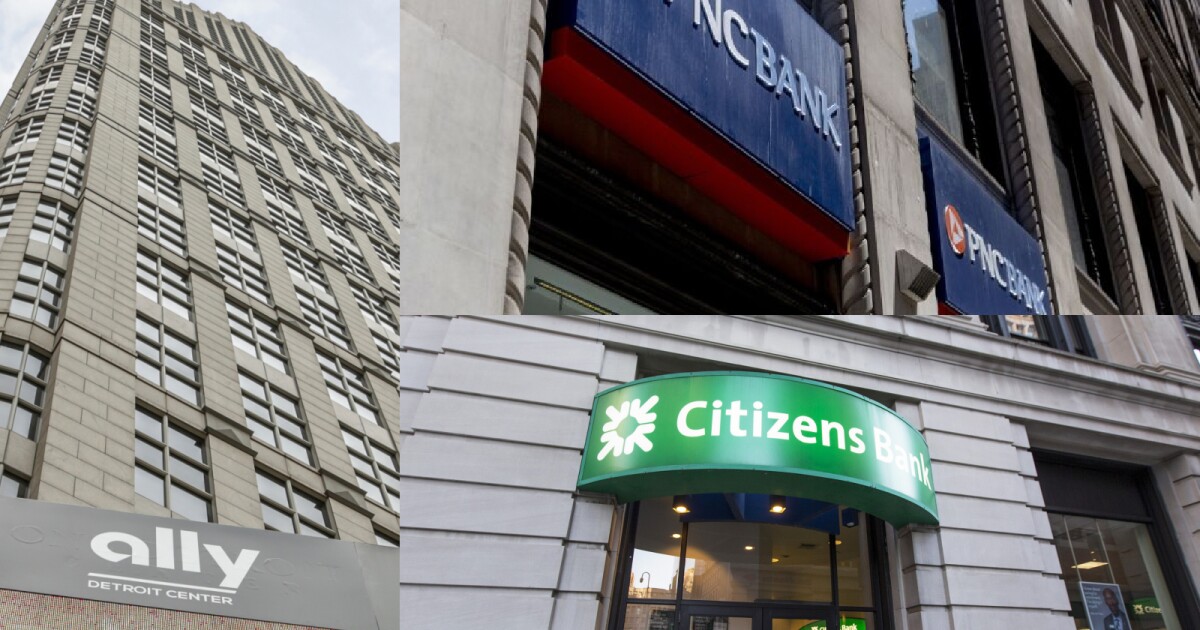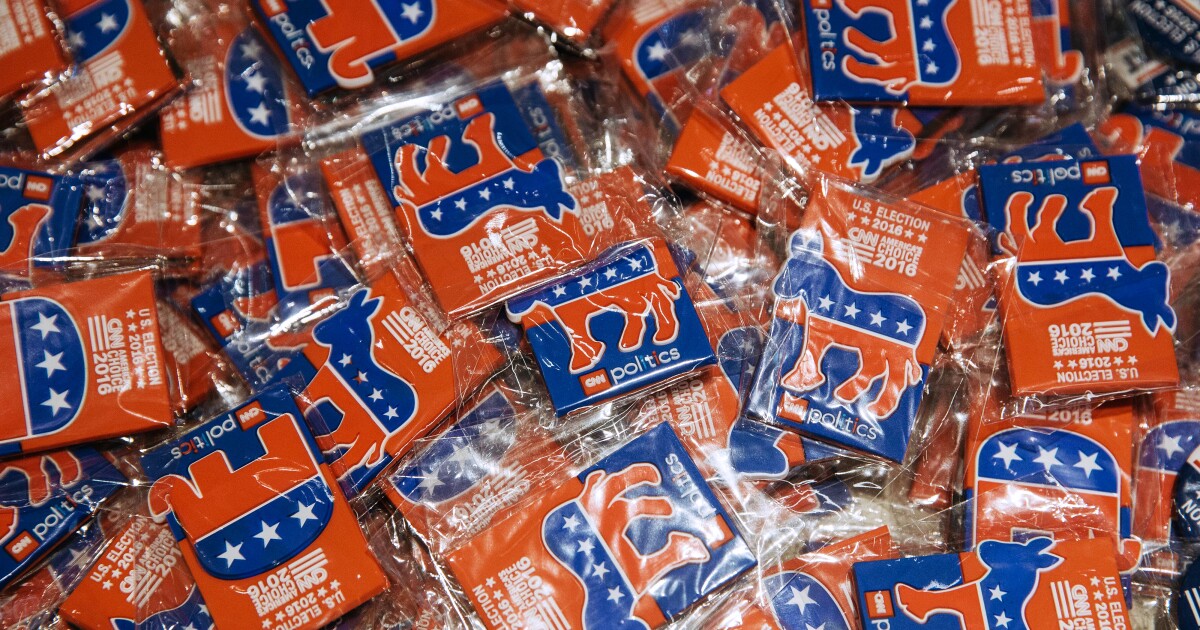
Strong loan growth has lenders returning to the Federal Home Loan banks for advances, with lenders tapping the FHLBs to fund their loans again after mostly shunning them during the pandemic.
The uptick reflects a reversal of a dominant trend across the banking industry the last two years: the large glut of deposits with few loans to use them on.
Now, customers are spending down those deposits and needing more credit from banks. Banks, in turn, are increasingly funding their loans through borrowing from the FHLBs, which consultants say is an easier and cheaper method than paying higher rates to depositors to boost liquidity.
"Loan growth is outpacing deposit growth," and banks have to "fund it somehow," said Eric Segal, who heads the banking and financial institutions practice at CFO Consulting Partners.
Advances at the 11 Home Loan banks climbed to $518.9 billion at the end of the second quarter, up from about $350 billion at the end of last year, when advances were at a 15-year low. While advances are still below pre-pandemic levels, the increase represents a notable uptick after the flood of deposits in 2020 drastically lowered banks' demand for FHLB funds. The figures also include any advances that FHLBs make to credit unions and insurance companies.
The growth in FHLB advances has been stronger at regional banks than at megabanks. The latter are "generally cash rich" and have expressed a desire to see some of their deposits decline, according to Mark Cabana, head of U.S. interest rates strategy at Bank of America's research division.
FHLB advances last quarter surged from zero or nearly nothing to about $12 billion at Providence, Rhode Island-based Citizens Bank and $10 billion at Pittsburgh-based PNC Bank, Cabana wrote in a note to clients this month. Others that tapped the FHLBs more include Citibank, First Republic Bank, Capital One, Fifth Third Bank, KeyBank and Truist Bank.
Ally Bank increased its FHLB advances by more than $3.8 billion during the second quarter. The uptick came amid rising competition in the high-yield savings accounts space, where Ally, Capital One, Synchrony Financial, and Goldman Sachs' Marcus are major players and are raising the rates they pay savers.
The Federal Reserve’s aggressive tightening is putting some pricing pressure on digital banks that rely on high-yield savings accounts. But the increases are not keeping pace with the central bank’s rate hikes, and the caution may continue in the face of economic uncertainty.
The bank will "continue to be opportunistic as we think about alternative funding sources" that aren't deposits, Jenn LaClair, Ally Financial's chief financial officer, told analysts last month.
Smaller banks and credit unions are also turning to the FHLBs more often, largely because loan growth has "outstripped" their estimates earlier this year, said Matt Pieniazek, president and CEO of Darling Consulting Group.
One benefit of the FHLBs is that banks can "pick up the phone and instantaneously get" the funding they need with a variety of loan lengths, Pieniazek said.
That strategy is easier — and faster — than advertising higher rates online or in newspapers to draw more deposits, Pieniazek said. It also doesn't carry the risk of depositors migrating to higher-yielding options and ultimately making it more expensive for the bank to operate, he added.
"You can't just go get whatever you want in the retail deposit market," Pieniazek said. "You've got to pay up. And if you're gonna get it, how do you get the message in front of people?"
Deposit growth has been slowing — or in some cases, declining — as consumers and businesses spend more of the cash they accumulated earlier in the pandemic. Small businesses, for example, are continuing to spend the money they received as part of the Paycheck Protection Program, CFO Consulting Partners' Segal said.
The Federal Reserve's inflation fighting this year has also contributed to deposit outflows. The central bank's aggressive pace of interest rate hikes has made money market funds and other safe investments more attractive, and its ongoing reduction of its balance sheet is also removing some liquidity from the financial system.
At Kalispell, Montana-based Glacier Bancorp, deposits rose slightly to nearly $21.8 billion during the second quarter — up less than 0.5% compared to a quarter earlier. Loans grew far faster, rising about 4.7% during the quarter to $14.4 billion.
The bank is using FHLB advances to "plug any gaps" that stemmed from the mismatch between "very strong" loan growth and light deposit growth, Chief Financial Officer Byron Pollan told analysts last month, according to an S&P Global Market Intelligence transcript.
"What we're seeing here is just a temporary mismatch in the timing of cash flow," Pollan said.
Glacier Bancorp said in an earnings release it borrowed $580 million during the second quarter from the FHLB System — up from $80 million the prior quarter — to "support the liquidity needs driven by the increase in the loan portfolio." The advances will "continue to fluctuate to supplement the liquidity needs during the year," the bank said.
The "wild card" for the industry's future FHLB advances will be whether the current pace of loan growth can continue, Pieniazek said, or whether growing economic uncertainty lessens the appetite for borrowing.
"If activity's still strong and robust, then I think these levels could actually increase," Pieniazek said.




